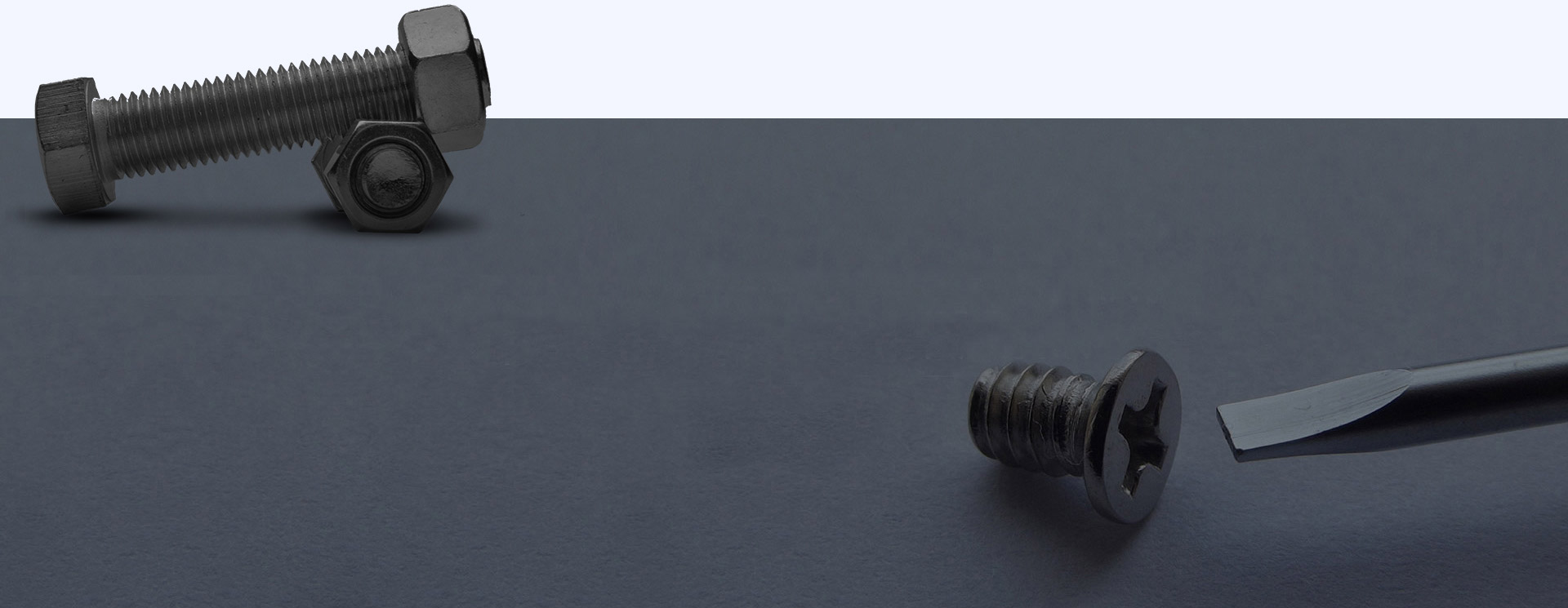
Dec . 04, 2024 09:04
Back to list
pneumatic control valve
Understanding Pneumatic Control Valves An Essential Component in Modern Automation
Pneumatic control valves play a vital role in the field of automation and control systems, providing efficient and precise regulation of airflow in various applications. These valves are essential components in industries such as manufacturing, process control, and pneumatic transport systems. In this article, we will explore the fundamental principles of pneumatic control valves, their types, functionalities, and applications.
What Are Pneumatic Control Valves?
Pneumatic control valves are devices designed to control the flow and pressure of compressed air within a pneumatic system. They act as the gatekeepers of airflow, regulating the volume and direction of the air, which can, in turn, control the operation of actuators, cylinders, and other pneumatic devices. By utilizing pneumatic control valves, operators can achieve smooth and responsive control over mechanical movements, making them crucial in various sectors.
Types of Pneumatic Control Valves
There are several types of pneumatic control valves, each suited for specific functions
1. On/Off Valves These valves operate in two positions – fully open or fully closed. They are commonly used for simple applications where quick and decisive airflow control is necessary.
2. Regulating Valves These valves allow for variable flow control, enabling operators to adjust the pressure and flow rate of the air within the system. They are often found in applications requiring precise settings.
3. Directional Control Valves These valves manage the direction of airflow in a pneumatic system. They can control the movement of actuators and cylinders, ensuring that they move in the desired direction.
5. Proportional Valves These advanced valves allow for continuous adjustment of flow and pressure, providing a high level of control for complex applications.
pneumatic control valve

How Do Pneumatic Control Valves Work?
The operation of pneumatic control valves is typically based on one of two mechanisms mechanical or electrical actuation. Mechanical actuation may involve levers, springs, and other mechanical components that provide physical control over the valve's position. In contrast, electrical actuation utilizes solenoids or other electronic controls, allowing for more sophisticated and automated operations.
The flow of air through the valve can be adjusted based on the requirements of the system. When a pneumatic signal is applied (either manually or automatically), the valve opens or closes, changing the pathway for air to flow. This action can trigger movements in various pneumatic devices, allowing for applications ranging from simple on/off operations to complex automated processes.
Applications of Pneumatic Control Valves
Pneumatic control valves are utilized across a broad range of industries
- Manufacturing In assembly lines, pneumatic valves can control the operation of tools and machinery, contributing to efficient production processes. - Automotive In automotive manufacturing, these valves play a crucial role in robotic assembly lines, managing the operation of pneumatic arms and tools.
- Food and Beverage Pneumatic control valves help regulate the operation of machinery used in processing, packaging, and bottling, ensuring that processes are efficient and hygienic.
- Textiles In textile mills, pneumatic systems operate textile machinery, and control valves ensure smooth and controlled airflow for optimal fabric treatment.
Conclusion
In an era where automation and precision are paramount, pneumatic control valves stand out as indispensable components of modern industrial systems. Their ability to control airflow efficiently not only enhances the performance of various machines and processes but also contributes to safety and reliability in operations. As industries continue to evolve with advancing technology, the demand and application of pneumatic control valves are likely to expand, solidifying their position as a key element in automation solutions. Whether in manufacturing, automotive, or other sectors, understanding and utilizing these valves effectively can lead to significant operational advantages.
Next:
Latest news
-
Safety Valve Spring-Loaded Design Overpressure ProtectionNewsJul.25,2025
-
Precision Voltage Regulator AC5 Accuracy Grade PerformanceNewsJul.25,2025
-
Natural Gas Pressure Regulating Skid Industrial Pipeline ApplicationsNewsJul.25,2025
-
Natural Gas Filter Stainless Steel Mesh Element DesignNewsJul.25,2025
-
Gas Pressure Regulator Valve Direct-Acting Spring-Loaded DesignNewsJul.25,2025
-
Decompression Equipment Multi-Stage Heat Exchange System DesignNewsJul.25,2025

